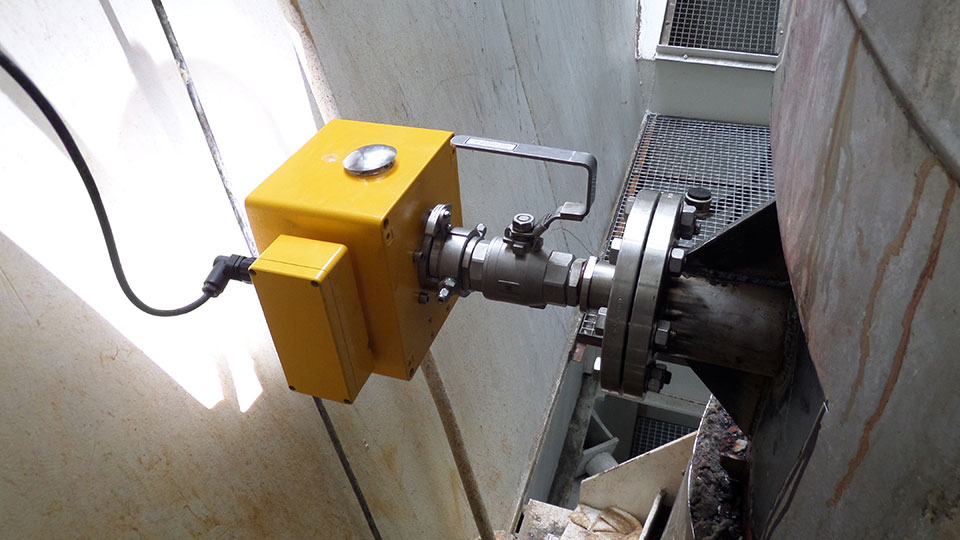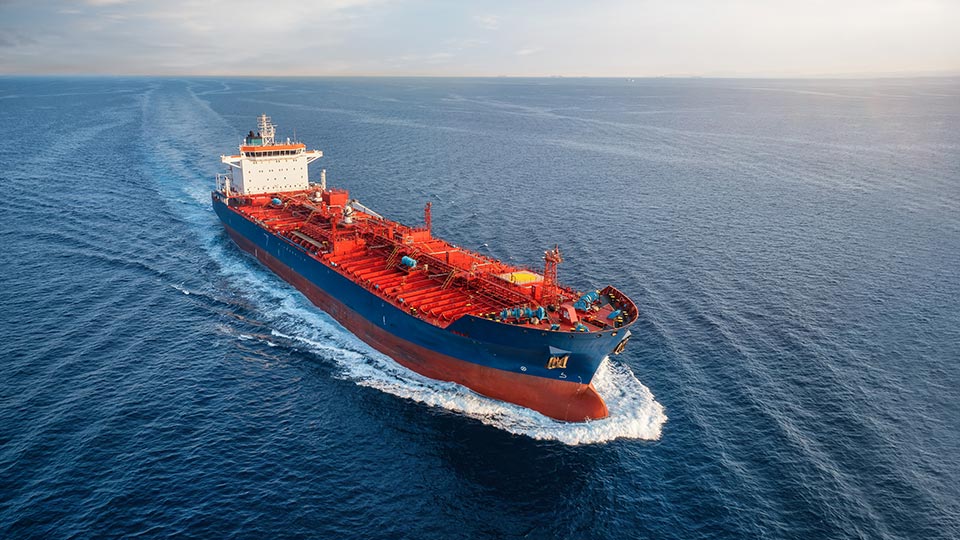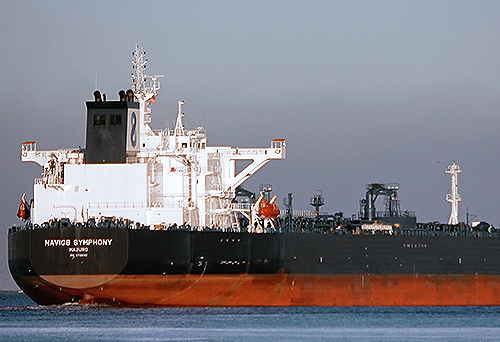Monitoring of SO2 Scrubbers
In recent years, increasingly strict requirements have been introduced to minimise sulfur emissions from shipping. One way to comply is to run the ships with low-sulfur oil, but this can be expensive. An alternative that makes it possible to continue using high-sulfur oil as fuel is to install SO2 scrubbers that clean the flue gases to the same level as if the ships were fueled with low-sulfur oil. However, the scrubbers must be monitored by measuring the ratio of SO2 to CO2 concentrations. Here, OPSIS has a certified, cost-effective, and reliable solution.
REGULATIONS FOR MONITORING SO2 SCRUBBERS
It is surprisingly easy to demonstrate that a scrubber meets the requirements for SO2 scrubbing. IMO's MARPOL convention basically states that the fuel may contain no more than 0.5 % sulfur by weight and in certain areas (Emission Control Areas) no more than 0.1 %. If the fuel with a higher sulfur content is used, the excess must be reduced in a scrubber. How do you show that this happens? The energy content of the oil is constant. The hydrocarbons are energy carriers and the carbon is found as carbon dioxide in the exhaust gases. By dividing the content of SO2 (ppm) by the content of CO2 (percent by volume) you get a measure of the sulfur content in the fuel because it is the same sulfur and carbon atoms that were in the fuel. A ratio of 21.7 means 0.5 % sulfur and a ratio of 4.3 means 0.1 % sulfur. As long as the ratio is lower than the respective value, the respective requirements in the MARPOL convention are met also with high-sulfur fuel in combination with a scrubber.
All that remains is to monitor the concentrations of SO2 and CO2, and here OPSIS has an ideal system for the task. DOAS technology is superior in monitoring relevant levels of SO2 and CO2. Thanks to the fact that the measurements take place directly in the flue gas duct without any sampling, the system also works very well in the wet and aggressive flue gases that are often found after the scrubbers. In addition, a single monitoring system can monitor several flue gas ducts – cost-effectively and with minimal maintenance.
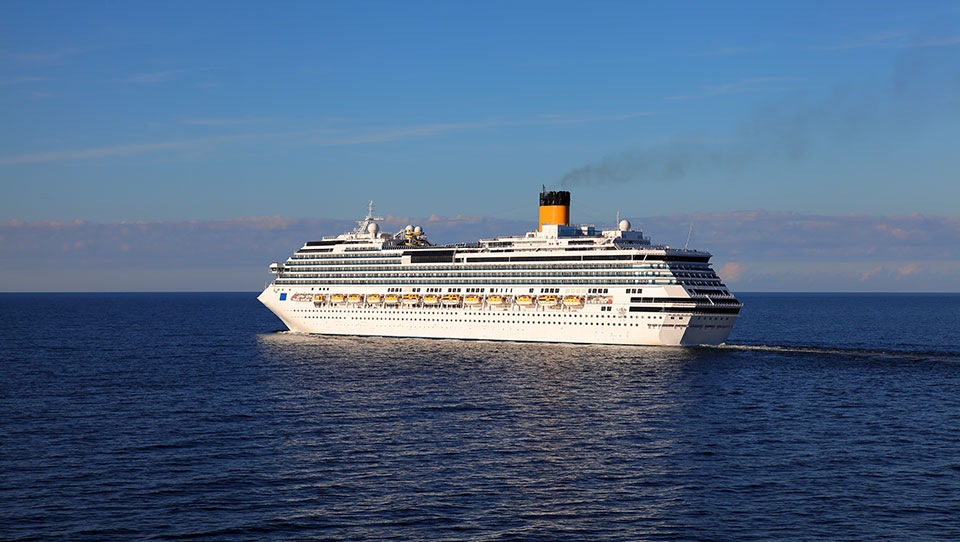
MONITORING SULFUR EMISSIONS FROM MARINE ENGINES
The OPSIS monitoring system is based on gas analysers that have short response times, are accurate, and require minimal maintenance. The measurements take place contact-free along light beams where gas molecules can absorb parts of the light. The beams are sent through the flue gas ducts that lead to the ship's stacks. The light is captured and guided via optical fibres to the analyser which measures the absorption and calculates the gas concentrations.
A single analyser can monitor multiple types of gases along multiple monitoring paths. It provides a very cost-effective monitoring system. In addition to SO2 and CO2, the concentrations of many other types of gases can be measured, such as NOX, CO, CO2, H2O, and CH4.
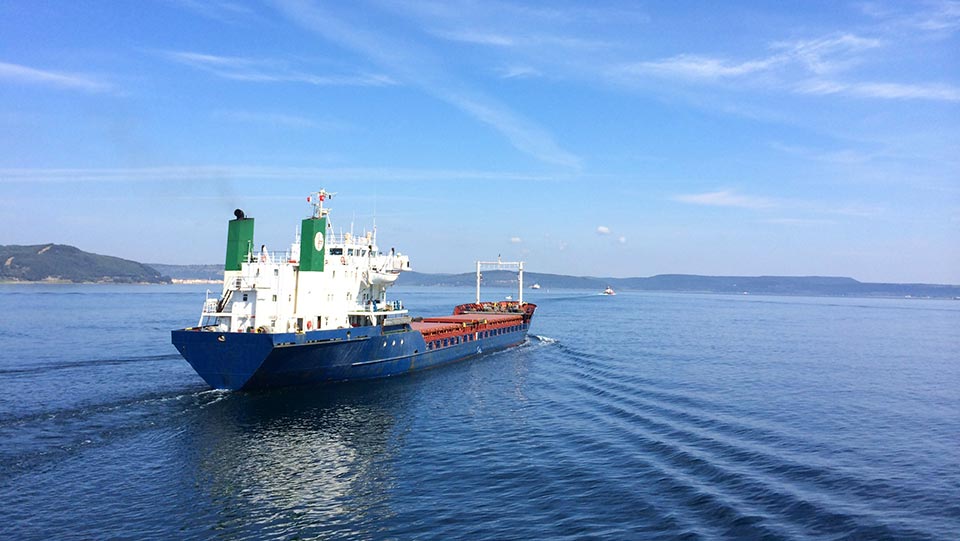
MARINE GAS ANALYSIS WITH OPSIS
There are multiple reasons for choosing OPSIS as supplier of systems for gas analysis. Among the key benefits of the methods and solutions offered by OPSIS are:
- a single monitoring system for all types of gases
- a single system can measure at several monitoring points
- non-contact measurement, no sampling
- long maintenance interval
- low energy consumption
- calibration of gas analysers only once a year
- hundreds of systems installed on ships around the world
- certified by, among others, DNV, RINA, Lloyd's Register, and Bureau Veritas.
